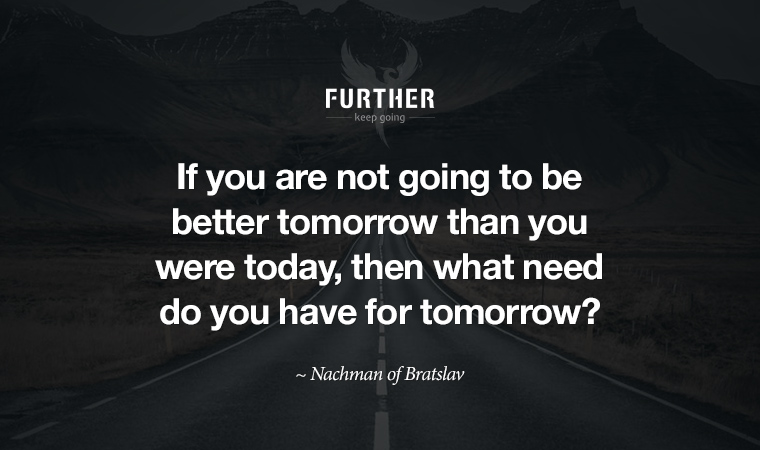
If you’ve seen articles circulating in the last week talking about the “10,000 steps a day” rule, you may be wondering what the latest health flip flop is all about. Here’s the deal in a nutshell.
Basically, the “10,000 step” thing is just a made-up number. Fine … Further readers have known that since 2017.
But now the origin of the number has been clearly identified as a clever bit of marketing, while a lower number has been established for basic longevity. According to I-Min Lee, a professor of epidemiology at Harvard University:
“It turns out the original basis for this 10,000-step guideline was really a marketing strategy,” she explains. “In 1965, a Japanese company was selling pedometers, and they gave it a name that, in Japanese, means ‘the 10,000-step meter.’”
Again, there wasn’t a scientific basis for that particular number of steps. If you’re currently meeting or exceeding 10,000 steps, however, it’s not like it’s a bad thing. In fact, what concerns me is that people will take this new study as a signal to move less — which is not the point.
Let’s take a look.
What we now know scientifically is that the number of steps you should achieve in the “don’t die early” category is lower than 10,000. Professor Lee’s research on 16,000 elderly women reveals the following:
“The basic finding was that at 4,400 steps per day, these women had significantly lower mortality rates compared to the least active women,” Lee explains. If they did more, their mortality rates continued to drop, until they reached about 7,500 steps, at which point the rates leveled out.
So, if you’re currently living a highly sedentary life, you should definitely start moving. Once you get to 7,500 steps per day, though, should you just plateau there?
No, for optimal health, you should then up your fitness game. Punch a higher floor.
Walking is a great way to go from terrible to respectable when it comes to fitness. Once you get there, the benefits of moving up to more vigorous exercise are numerous — things like cancer prevention, lowered risk for heart attack and stroke, and improved brain health and cognitive functioning.
Plus, you’ll just feel a lot better. You’ll feel better in a way that money can’t buy.
So go on … move it on up.
Keep going-
P.S. Did someone forward this issue of Further to you? We’d love to have you join us by signing up here.
Passion: gift or curse?

By Brian Clark
How can passion be a bad thing? Once you realize that passion is something you find more than follow, you should be in a good (even great) place.
If it’s what’s known as harmonious passion, it is great:
This kind of passion, the harmonious kind, is associated with health, happiness and overall life satisfaction.
We’ve discussed this before from a different angle. It’s putting process over outcome and forging a new identity.
You’re doing whatever it is — writing, painting, hiking — because you love the way it makes you feel to do it, not for the results of the activity. In the process, you begin to identify with what you do, not what you achieve.
The dangers of obsessive passion
Unfortunately, too often passion become something else entirely in our competitive and comparison-oriented culture. When passion becomes obsessive, it leads to burnout, anxiety, depression, and unethical conduct — because your self worth becomes tied to the outcomes of your activity, which is often outside your control.
In obsessive passion, you are hooked on an activity because of external rewards and recognition. An obsessively passionate writer writes because he or she wants to boast about published stories and attain best-seller status.
Rather than enjoying the joy of doing work you love, you become a slave to external results. Examples of this destructive phenomenon include Lance Armstrong and Alex Rodriguez in sports, and Jeff Skilling (Enron) and Elizabeth Holmes (Theranos) in business.
Pick your passion (not your poison)
Ultimately, whether your passion is a gift or curse is up to you. Here are a few things to keep it positive (more detail here):
- Don’t judge yourself against others
- Focus on process over outcomes
- Embrace failure as the path to growth
- Celebrate the win, then get back to work
- Regularly reflect on your overarching purpose
Passion is a powerful force that must be handled with care. And as we say around here, it’s about the journey, not the destination.
- The Right Way to Follow Your Passion (New York Times)
- The Passion Paradox: A Guide to Going All In, Finding Success, and Discovering the Benefits of an Unbalanced Life (Amazon)
How to care for yourself when you take care of everyone else

By Trudi Roth
Here’s a fun Gen eXercise: imagine Molly Ringwald’s character Andie in Pretty in Pink, today.
She’s 51, married to Duckie (what, you thought Blane would last?) and has a couple of teens. She still lives with her dad, Jack — although technically, he lives with her.
Easy to picture, because two-thirds of us have dependent children, and about half have a parent over 65. We’re the Sandwich Generation, tasked with supporting our aging folks and growing kids, all while working full-time.
And like so many other aspects of our lives, we’re guinea pigs yet again a new, more biting reality. It’s no wonder we can’t seem to save for retirement.
Our parents are living longer. Our kids tend to boomerang home after graduating college. A year of assisted living is about the same as annual tuition at a private university.
Thing is, we don’t have to get squeezed from all sides. It just takes cutting through the nonsense so we can care for others without killing ourselves in the process.
Talk about cash money (dollar bills, y’all)
With all apologies to the O’Jays, the way out is to have honest conversations about money with loved ones, early and often. According to a survey by Legacy Navigator, two-thirds of us have no clue as to how much money is in our parents’ bank account.
Feel free to extrapolate: the 2013 US Census says the average American age 65+ has around $800 in the bank. Yikes.
It’s not that we resent the idea of helping our parents. According to Pew Research, two-thirds of us feel responsible to help mom and dad financially, while only about half of us feel the need to do the same for a grown child.
It’s time to grow up ourselves and stop viewing tough financial conversations as awkward. It’s fair to talk to your parents about things like estate plans, long-term insurance, and managed care wishes.
And when it comes to your grown children, ask that they contribute by paying rent, buying groceries, or helping with the elder family members. You can help them out while also instilling a sense of self sufficiency.
Put your oxygen mask on first before assisting others
Self-care is imperative as you juggle caring for your kids and your parents. And it’s not just about spa days or wine downs. For peace of mind, put planning for your future financial stability first.
This may sound easier said than done, but there are more employers offering flexible schedules, caregiver leave and assistance with resources and counseling services. And consider investing in a retirement account like a Roth IRA, where future withdrawals are tax-free.
Don’t feel stuck between professional and personal obligations, guilt and burden. Remember, you’re the meat in the sandwich, and you can decide how it all stacks up.
What self-care looks like for the sandwich generation (and it’s not what you think) (Washington Post)
further: flashback

Elton John – Goodbye Yellow Brick Road
Goodbye Yellow Brick Road, 1973
My earliest musical memory is hearing Goodbye Yellow Brick Road on the radio. I had just turned six; it was the fall of 1973. I saw the Elton John biopic Rocketman last weekend, and it brought me back to my childhood in ways I wasn’t expecting. Speaking of childhood … the film will make you feel for Elton. (YouTube)
further: sharing
Please forward this issue of Further to a friend. Thank you!
